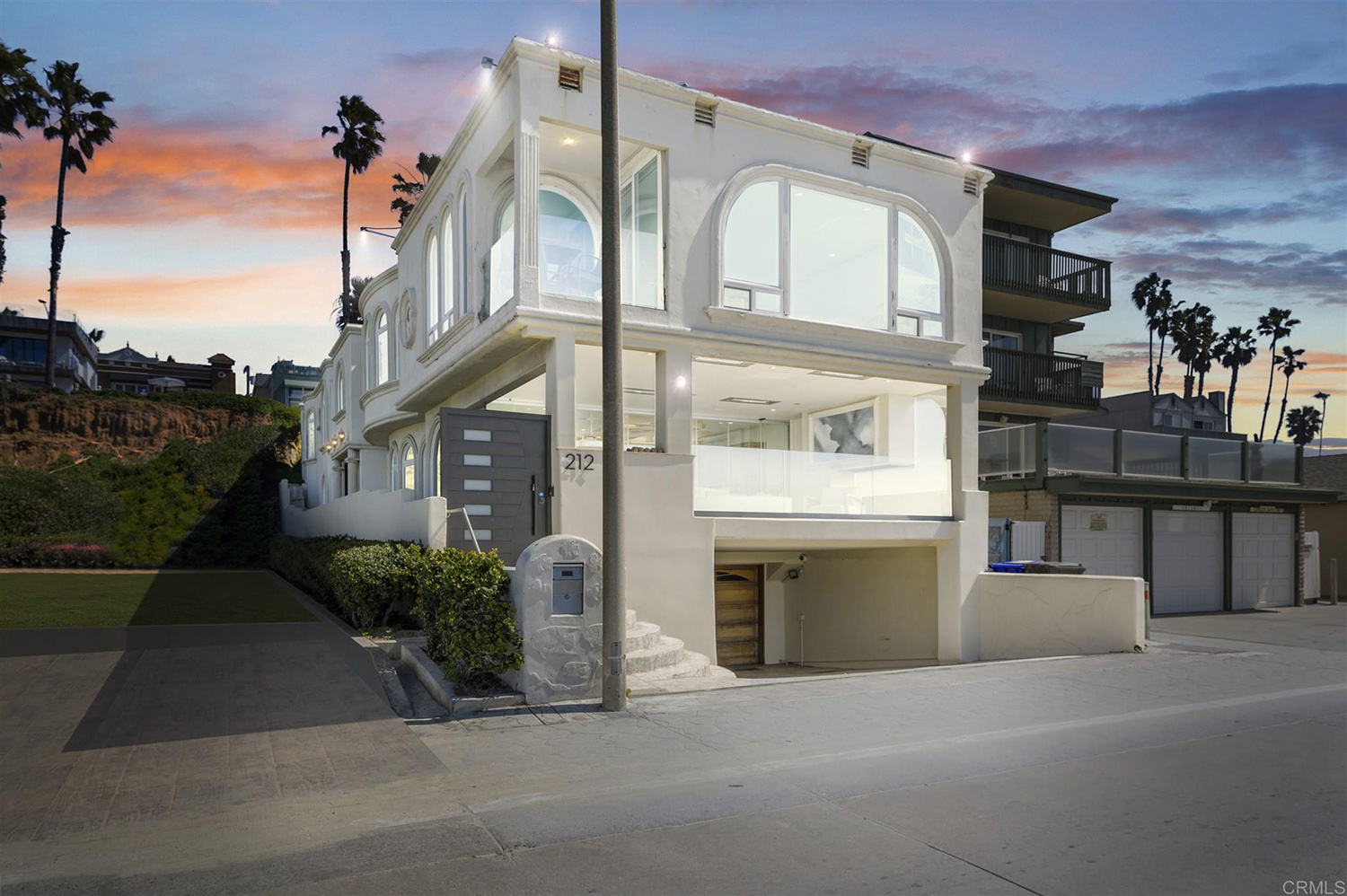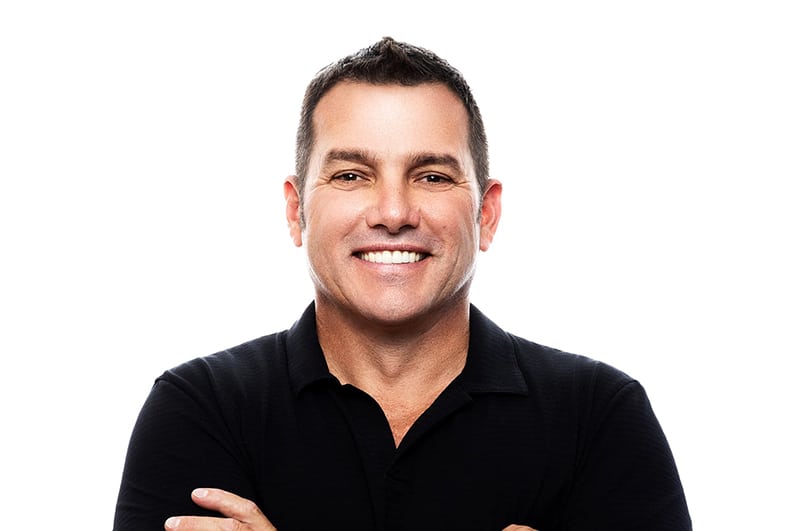Green Building: Why You Should Consider LEED for Your Next Home Project

Summary
LEED certification is a smart way to build a healthier, more energy-efficient, and eco-friendly home that can lower utility costs and boost long-term value. From improved indoor air quality to environmental sustainability, it offers benefits that go far beyond traditional construction. Whether you’re building new or planning additions, LEED provides a clear path to better living. This guide walks you through what LEED is, why it matters, and how to make it part of your next home project.
Table of Contents
Introduction
Building a home today isn’t just about square footage or curb appeal — it’s about creating a healthier, more efficient space that benefits both your family and the environment. Homeowners are increasingly turning to green home building practices, not only to lower their energy costs but also to invest in long-term sustainability. With green building rating systems like LEED leading the way, designing a home that’s beautiful, functional, and eco-conscious is more achievable than ever. If you’re considering a custom home or even home additions in San Diego, understanding how LEED certification fits into your project can be a game-changer.
LEED (Leadership in Energy and Environmental Design) is the gold standard when it comes to green building certification, especially for those who want to blend modern luxury with smart environmental choices. Whether you’re working with a custom home builder, planning a design build project, or thinking about luxury home building, LEED offers a proven framework to maximize energy efficiency, indoor air quality, and long-term value. In this guide, we’ll explore why LEED certification is worth considering — and how you can make it part of your next dream project.
Ready to create a greener, healthier future with your home? Let’s dive in and show you how House to Home can help you lead the way.
What is LEED Certification?
LEED, or Leadership in Energy and Environmental Design, is the most widely used green building certification system in the world. Created by the U.S. Green Building Council (USGBC), LEED provides a framework for healthy, efficient, and cost-saving homes that are built with the environment in mind. For homeowners, it’s a clear way to ensure that your project meets strict sustainability and performance standards, from design to construction.
In the residential space, LEED for home focuses on key areas like energy efficiency, water conservation, indoor environmental quality, sustainable site development, and the use of eco-friendly materials. Homes can achieve different levels of certification — Certified, Silver, Gold, or Platinum — depending on how many points they earn across various categories. The goal is simple: to create a living space that reduces its impact on the environment while improving quality of life for the people inside.
Choosing a builder experienced in LEED building design construction ensures your home project is aligned with best practices from the ground up. Whether you’re building a new home, planning major renovations, or considering home additions, understanding LEED gives you a strong foundation for success.
Why LEED Certification is Worth It for Homeowners
Choosing green home building isn’t just about feeling good — it’s about making smart, future-proof decisions that impact every corner of your life. LEED certification offers homeowners a variety of tangible benefits, from slashing utility costs to creating healthier living environments. Whether you’re starting fresh with a design build project or expanding your space with home additions, investing in LEED principles sets your home up for lasting success.
1. Energy Efficiency & Cost Savings
LEED-certified homes are designed to be highly energy efficient, which translates directly to lower monthly utility bills. These homes often feature upgraded insulation, high-performance windows, and energy-saving appliances — all tailored by a custom home builder who understands LEED standards. Over time, the savings can easily offset the initial investment in green building certification.
2. Environmental Impact and Sustainability
When you build to green building LEED standards, you’re actively reducing your home’s carbon footprint. Sustainable site planning, responsible material choices, and smart water management all contribute to preserving natural resources for future generations. It’s not just about building a beautiful home — it’s about making a real difference.
3. Improved Indoor Air Quality
A LEED-certified home goes beyond appearances by protecting what matters most: your health. These homes use low-VOC materials, superior ventilation systems, and moisture controls to ensure clean, breathable air year-round. Especially for families or anyone with allergies or respiratory sensitivities, the benefits of a LEED green home can be life-changing.
4. Increased Property Value
Homes built with sustainability in mind consistently perform better in the real estate market. Buyers today are looking for smart investments that offer lower operating costs and healthier living conditions. LEED certification can give your home a competitive edge, particularly in luxury markets where luxury home building trends favor eco-conscious designs.
Key Benefits of LEED Certification for Your Home Project
Building a LEED green home isn’t just about checking a box — it’s about creating a lasting legacy of comfort, efficiency, and value. Whether you’re starting a brand-new project or working on home aditions, the advantages of pursuing green building certification stack up quickly.
Here’s what you can expect when you aim for LEED:
- Lower Energy and Water Bills: Smart design choices mean your home works harder for you without wasting resources.
- Higher Resale Value: Buyers increasingly prioritize energy-efficient and sustainable homes, giving you an edge in the market.
- Healthier Living Spaces: Better air quality, non-toxic materials, and superior ventilation create a healthier environment for you and your family.
- Environmental Stewardship: LEED homes use fewer resources, produce less waste, and help protect the planet.
- Potential Tax Incentives and Rebates: Depending on your location, LEED-certified homes may qualify for financial benefits.
- Enhanced Comfort and Durability: Superior construction techniques mean your home stays cooler in summer, warmer in winter, and better protected from the elements.
With a custom home builder or design build team experienced in leed building design construction, achieving these benefits becomes a natural part of the building process — not an extra headache.
How to Achieve LEED Certification for Your Home Project
Earning LEED certification for your home may seem complicated at first, but with the right team and process, it becomes an exciting part of building smarter and better as it follows a clear path that makes all the difference.
Here’s a simple breakdown of the key steps:
1. Choose a Builder Experienced in LEED Projects
Work with a custom home builder or design build firm that has hands-on experience with leed building design construction. A knowledgeable team will help you navigate requirements and streamline the process from the start.
2. Register Your Home with a LEED Provider
Before construction begins, your project needs to be registered through an approved LEED for Homes provider. This organization acts as a consultant and verifier throughout the project.
3. Plan Your Design Around LEED Categories
LEED certification covers several major categories:
- Sustainable site development
- Water conservation
- Energy efficiency
- Materials and resources
- Indoor environmental quality
- Innovation in design
Your design team will help prioritize these areas based on your goals and budget.
4. Build According to LEED Standards
Throughout construction, your team will carefully select materials, systems, and construction practices that align with your LEED goals. Regular site inspections help ensure compliance at every stage.
5. Complete Final Testing and Verification
Once construction is finished, your LEED provider conducts a series of inspections, testing, and performance checks. After passing all verifications, your home officially earns its LEED certification — a proud milestone that enhances your home’s value and sustainability.
Common Misconceptions About LEED Certification
Despite its many advantages, there are still plenty of myths floating around about green home building and LEED certification. Let’s clear up a few of the most common ones — and show you why they shouldn’t stand in your way.
“LEED Certification Is Too Expensive”
While it’s true that pursuing LEED standards may involve slightly higher upfront costs, those costs are often recouped through significant energy savings, lower maintenance expenses, and even tax incentives. In fact, a well-planned green building certification strategy often ends up saving homeowners money in the long run.
“LEED Is Only for Commercial Buildings”
Many people associate LEED with skyscrapers and corporate campuses, but LEED for home is one of the fastest-growing sectors in the industry. Whether you’re working with a custom home builder or planning luxury home building, there are LEED pathways designed specifically for residential projects — including single-family homes, multi-family units, and even home additions.
“Getting Certified Is Too Complicated”
With the right design build team guiding you, LEED certification doesn’t have to be overwhelming. Builders who specialize in leed building design construction handle much of the paperwork, inspections, and technical details, making the process simple and straightforward for homeowners.
Conclusion
Choosing to pursue LEED certification isn’t just a trend — it’s a powerful decision to create a smarter, healthier, and more valuable home. By embracing green home building and working with a team that understands green building certification standards, you set yourself up for long-term comfort, savings, and peace of mind. Whether you’re starting from scratch, planning thoughtful home additions, or simply looking for ways to future-proof your investment, LEED offers a clear and proven path forward.
At House to Home, we specialize in making sustainable, luxurious living a reality. Our experienced custom home builder and design build teams know how to seamlessly integrate LEED building design construction into your vision — without compromising on beauty, comfort, or performance.
Ready to build a greener, healthier home that stands the test of time? Contact House to Home today to schedule your personalized consultation and let’s bring your dream project to life!
Frequently Asked Questions About Green Home Building and LEED Certification
LEED certification means your home meets strict standards for energy efficiency, sustainability, indoor air quality, and environmental responsibility under a globally recognized program.
While there may be slightly higher upfront costs, LEED homes typically deliver savings through lower energy bills, reduced maintenance, and potential tax incentives.
Ask if your custom home builder or design build team has experience with leed building design construction and understands LEED documentation and requirements.
Benefits include lower utility costs, improved indoor air quality, environmental stewardship, higher resale value, and greater overall comfort.
Yes, homes with green building certification often sell faster and at a premium compared to non-certified homes due to growing buyer demand for sustainable living.
The LEED certification process typically runs alongside the home’s construction timeline, with final certification awarded after inspections and performance testing.
Yes, major renovations and home additions in San Diego can be designed to meet LEED standards and achieve certification, depending on the project scope.
LEED is one of the most comprehensive and globally recognized systems, focusing on a wide range of categories like energy, water, materials, and indoor air quality.
Yes, it’s highly recommended to work with a design build team experienced in green building LEED requirements to streamline the process and avoid costly mistakes.
No, LEED certification is voluntary, but incorporating its principles into home additions in San Diego can add significant value, sustainability, and market appeal.
About Author

Founder & Chief Sales Officer, House to Home
John Hayes is the Founder and Chief Sales Officer of House to Home Design Build Remodel, a leading general contracting firm serving homeowners across North County San Diego.
